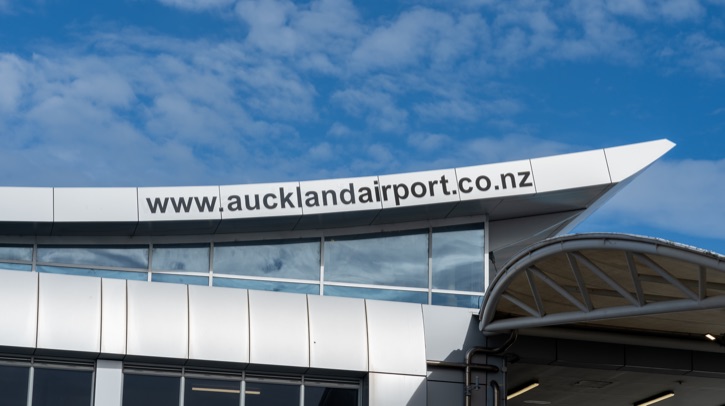Auckland Airport has released its updated masterplan, which provides a vision for the airport out into the late 2040s. This first revision to the masterplan in more than 10 years is currently at the draft stage, and postpones the expected 2028 delivery date of a second runway by a decade.
Mary-Liz Tuck, chief strategic planning officer at Auckland Airport, explained, “A lot has changed since we last updated our masterplan in 2014 and that is reflected in our broader approach to what is considered within this revised masterplan. It is an evolution, building on previous plans, while ensuring we are responding to what New Zealand needs from its main international gateway not just for today, but well into the future.”
Second runway timing
Included in the draft masterplan is an updated timeframe for instituting a second runway. Previously signaled to be operational by 2028, the likely timing has been pushed back a decade. The airport also states that the introduction of operational innovation may extend that date further into the future. Tuck said the airport still expects to need a second runway but through operational and airfield efficiency measures, the anticipated trigger point has been revised.
“Building another runway at AKL is part of our planning roadmap, and our current airfield investments, including a major airfield expansion to the north of the international terminal and a consolidated cargo precinct alongside, are being built with this in mind.
“Construction of a second runway is a big commitment, and one that we will only consider if it is in the best interests of New Zealand. First, we will fully explore all the ways we can ensure our current airfield operates as efficiently as possible. If the existing runway cannot provide the capacity New Zealand requires, then we will commence consultation with airlines on the second runway.”
Growing at the right pace
The masterplan anticipates a time when around 38 million people will travel through AKL – around double the number of travelers through the airport today – with air cargo predicted to grow than 40% to 223,000 metric tons in 2047.
Tuck said the forecasts included in the draft provide long-term guidance around the timing for when assets might be needed, with demand projections continually refined and updated over time to reflect what’s happening at a point in time in the aviation market.
“When you’re considering how to plan a well-functioning airport across several decades you need to look beyond the short-term cycles by using projected passenger volumes over the long run – this is a fundamental part of long-term airport planning. This forecast information is used alongside other key drivers for infrastructure development, such as safety, resilience and enabling essential works,” Tuck said.
“The latest set of forecasts was completed in 2024. Since then, we’ve continued to review and refine these projections, reflecting the evolving shape of the post-pandemic recovery. As part of our normal aeronautical planning process, we will continue to update and review our forecasts to ensure they reflect the most current information available, basing infrastructure needs on a rolling view of demand, adjusting as needed to consider new data and aviation trends.”
Developing the masterplan
Over the next few months, Auckland Airport intends to speak with airlines, government agencies operating at the airport, airport stakeholders and the local community to get their views on the draft masterplan. When consultation is complete, the feedback will be reviewed with a final version released at the end of 2025.
“I recognise it has been more than 10 years since the airport masterplan was last updated, but our aim is to settle into a more regular pattern. Through revisiting our masterplan every five years, we believe our long-term planning will remain connected to our ambition to support the success of our people, our communities and New Zealand. Working for New Zealand is a role we take seriously and that’s reflected in our approach to planning for the future,” Tuck said.
In related news, Auckland Airport has recently signed a contract for approximately NZ$800m (US$495m) with Downer Group subsidiary Hawkins to manage the construction and delivery of the airport’s domestic jet terminal building – the first new terminal constructed at Auckland in almost 50 years. Click here to read the full story.

